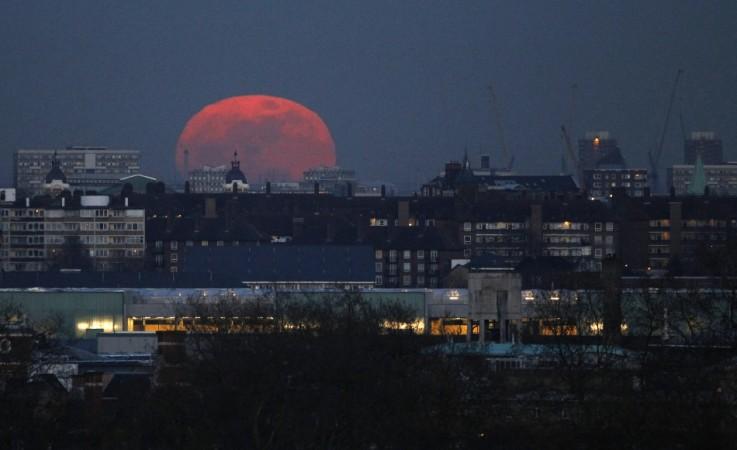
The term famously known around the world as the "supermoon" for the event when the moon is closest in its orbit to the earth is not widely accepted or used within the astronomy or scientific community. The most preferred term is perigee-syzygy.
Perigee is the point at which the moon is closest in its orbit to the earth and syzygy is a full or new moon when the earth, the moon and the sun are aligned. However, syzygy and perigee do not occur at the same time. Syzygy may occur within 12 hours or 1 hour from perigee during the supermoon.
This year, the full moon at perigee is said to be 30 percent brighter and will appear 14 percent bigger than an average full moon. The association of the moon with both oceanic and crustal tides has led to claims that the supermoon phenomenon may be associated with increased risk of events such as earthquakes and volcanic eruptions. However, the evidence of such a link is widely held to be unconvincing.
The last supermoon occurred on March 19, 2011 when the moon was 380 kilometers closer to the earth.
The time of its occurrence is estimated to be 9.05 am IST. However, the moon would appear fairly large when it rises in the evening an hour after the sun goes down. People will have to wait till 7.02 pm on Sunday to witness the supermoon, according to Planetary Society India.
After this year's supermoon, the full moon and perigee will realign on June 23, 2013. The perigee full moon will be visible again on November 14, 2016 (356,509 km), and it will even be closer than the one which was seen on March 19, 2011 (356,575km). On November 25, 2034, the perigee full moon will come closer (356,500 kilometres) for the first time in this century.

















